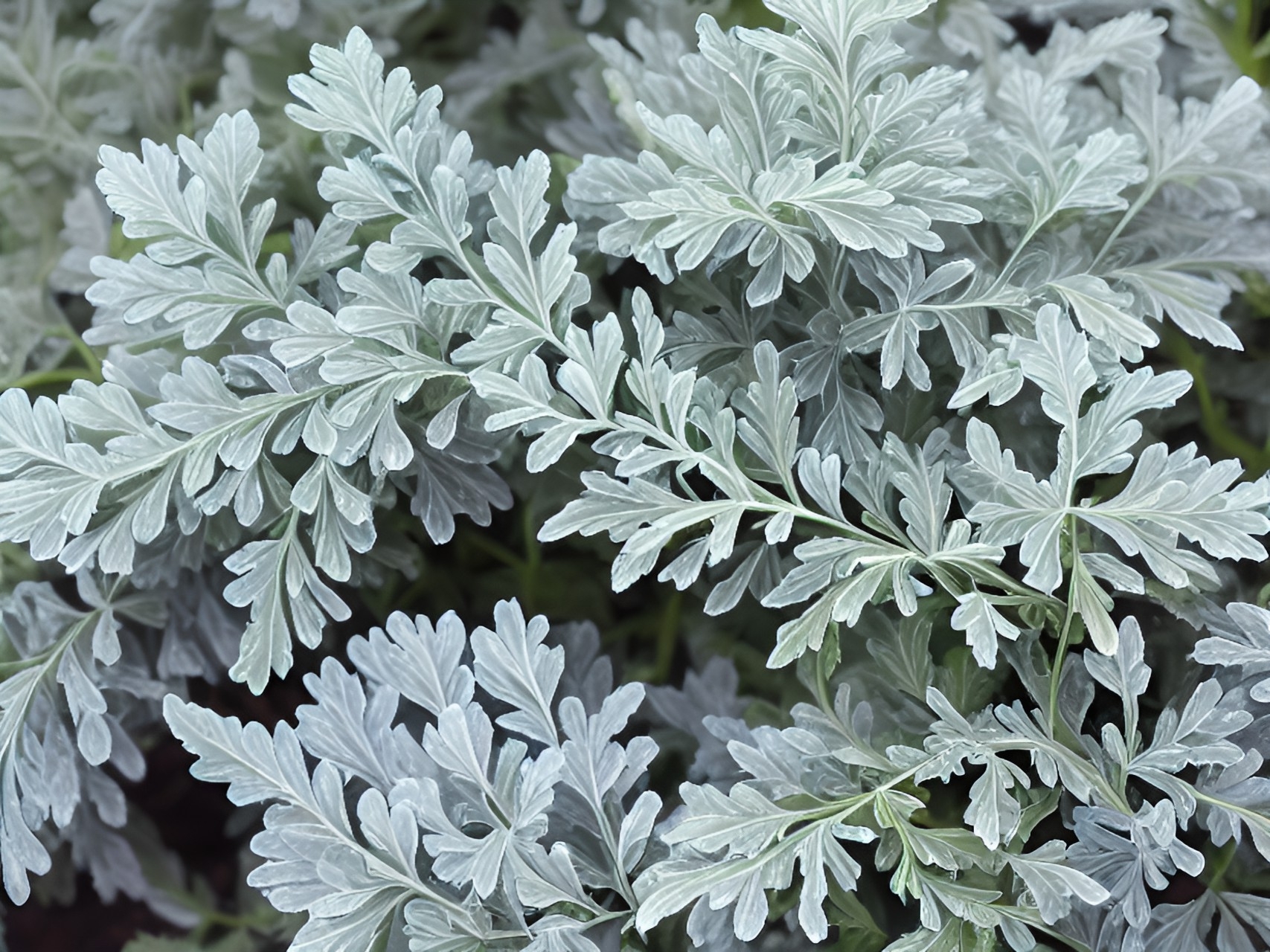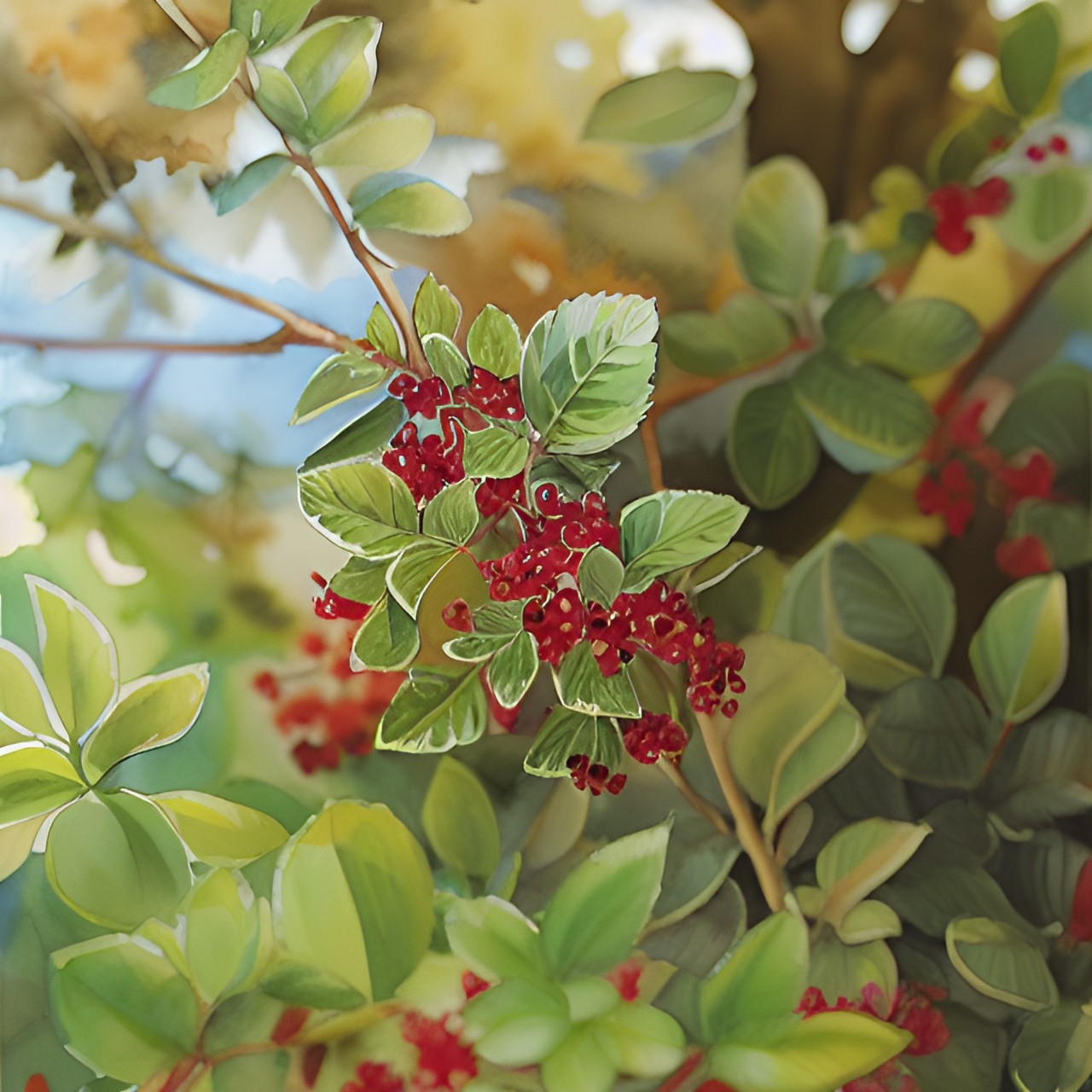Isik Sakiz Tree
|
Aromatic, evergreen trees line the arid coastlands of Alkelbulan and Eluziar, cultivated for its resin by the Turkler and Hellenes in order to create Isik Gozyaslari. This can be used as a spice or gum, often combined with other herbs or oils to elongate the effects of Material Magic. The Kaithur of Isik Sakiz allows it to transform its leaves into those of the Artemesia, an herbaceous undershrub otherwise known as wormwood. These leaves are bitter, aromatic and covered by fine hairs which reflect sunlight and release a fragrant oil. Isik Sakiz protect themselves with these leaves from both the harsh solar influence of Shamsi and to repel unwanted grazers and pests. These are fuzzy, silver-green leaves which contain many components and are toxic if consumed in large amounts causing forgetfulness, delirium, convulsions and brain damage.
|
Kalitho's Will
Thanks to Kalitho's Will, these trees can produce lights which amplify magic upon contact or extend this effect into light already present. Very rapid among Will manifestations.
Lithyr's Form (Artemisia) By using Lithyr's Form, these trees can change their leaves into those of an Artemesia plant. It can switch back and forth between its own leaves and those of this herb but does not possess the kaithur of Artemesia, just it's physical qualities. |
Anatomy |
The natural leaves of Isik Sakiz are small and leathery, arranged alternatingly with five or six pairs. It's flowers are small and inconspicuous while the fruit is about 4 mm in diameter with a tart flavor. These grow either as a shrub or small tree with wide spreading branches.
|
Habitat |
Native to dry and rocky coastlands, Isik Sakiz is adaptive to all types of soils including limestone and saline. It is abundant near the sea but can also be found in woodlands, pastures, hills, gorges, canyons and rocky hillsides. Its domestication is limited to Sesli Plato and Hellas, only giving resin in specific locations. Its artemesia leaves allow these trees to thrive even in the Shamsi Desert despite not possessing radiant magic but it can also be found growing wild in Kemet, Kna'an, Parsa, Flumen Pontem and the Eluzian Valley. |
Life Span |
Isik Sakiz trees can grow from either seeds or cuttings. As its leaves repel insects, they are pollinated by wind, blooming from April to May. These trees are dioecious, each tree being either male or female. Its small red fruit are drupes, each carrying a single seed. Cultivating Isik Sakiz is a lengthy process if not a multi-generational effort as these trees grow very slowly--not fully mature until it reaches 40-50 years old. |
Uses |
Isik Sakiz are cultivated for their artemisia leaves and for their resin. The resin itself is aromatic and ivory colored, sometimes called white gold. Isik Gozyaslari can be made from the resin, its name meaning tears of light, and is invaluable for its uses in magical enhancement and material magic. Its largest and most common use by the Kingdom of Accia is extending the duration of edible Material Magic and True Magic. By mixing herbs, oils and the like with Isik Gozyaslari, magical effects can be released gradually as the consumer chews. The most common gum shields travelers from the dangerous magic within the Shamsi Desert like intense sunlight and sandstorms. However, only so much can be produced at a time thanks to the finicky nature of these trees.
The flavour of Isik Sakiz resin can be described as strong, slightly smoky or even sweet. Use of it as a culinary spice is widespread, a common ingredient in an array of spirits, pastries, puddings and even cheeses. It has also been used traditionally as a medicine, especially for gastrointestinal ailments. The oil is antibacterial and antifungal, used as an ointment for skin afflictions. It's Artemisia leaves can also used as an herbal medicine for its antiseptic, vermifuge and antispasmodic properties but can be toxic in large amounts, otherwise dried for their aroma. |











Comments